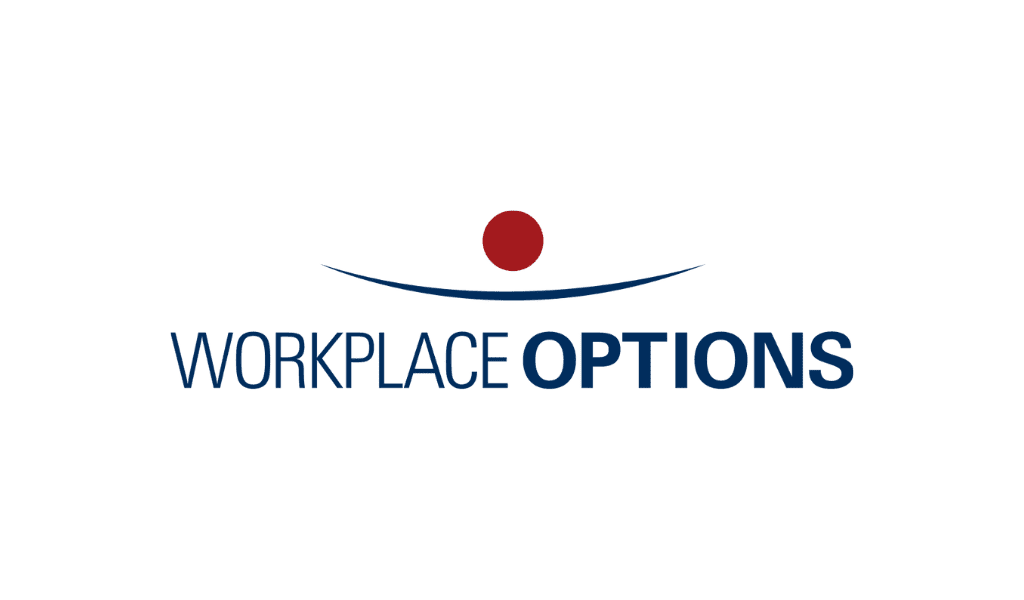NEW YORK /PRNewswire/ — The Conference Board launched the Job Loss Risk Index. It measures the likelihood of layoffs across the economy—and comes right as the United States stands on the precipice of a recession.
The new index reveals that industries that face the greatest risk of layoffs in the coming months include information services, transportation and warehousing, and construction. Meanwhile, sectors including government, private education services, health care, and accommodation and food services may be the least at risk.
“While a short and shallow recession remains our most likely scenario for the US in 2023, we expect job losses to vary widely by industry. The Index will help leaders in every industry understand the unique dynamics of this recession, judge their own exposure, and make strategic decisions to protect their workforces and bottom lines,” said Frank Steemers, Senior Economist at The Conference Board.
The Index incorporates six factors in ascertaining the likelihood of job losses in a particular industry: its exposure to labor shortages; sensitivity to monetary policy; job function and education levels required; the state of its pandemic recovery; longer-term trends in labor demand; and the age composition and experience levels of its workforce. Insights from the index include:
The information services sector is estimated to have the highest risk of job losses amid the projected upcoming recession:
- Employment in the industry grew rapidly during the pandemic as the adoption of technologies including telework, e-commerce, and distance learning fueled growth expectations and stock prices for tech companies, which encompass a large share of the information industry.
- Valuations of high-growth companies are more sensitive to interest rate hikes, as these firms are often highly leveraged. As rising interest rates increase the cost of borrowing and servicing debt, tech companies have already started layoffs to manage rising costs.
Also at higher risk of job loss are workers in transportation and warehousing, construction, and repair, personal, and other services:
- Expansion of e-commerce increased hiring in transportation and warehousing as consumers’ preferences for online shopping were catalyzed during pandemic-era lockdowns.
- Demand for labor is expected to decline, given that lockdowns are over, consumers’ general tendency to reduce their discretionary spending during recessions, and the recent shift of consumption from goods toward services.
While the accommodation and food services industry bore the brunt of pandemic job losses, layoffs could be more limited during the projected recession:
- The pandemic caused major shutdowns, which disproportionally affected in-person services. Employment is still significantly below pre-pandemic levels (employment in February 2023 was still 2.4 percent, or about 350,000 jobs, below the February 2020 level).
- As the industry is still recovering, there will be less need for layoffs in the upcoming recession. In addition, the current severe labor shortage further lowers the risk of job losses. Employers will try to hold on to their workers as rehiring could be difficult and expensive.
Government, private education, and health and social assistance are also not expected to face significant job losses:
- These industries appear less sensitive to interest rate changes than other sectors.
- In addition, these industries do not seem to have over-hired, and labor shortages have troubled employers in government and health care. Hence, the need for layoffs may be lower across these sectors.
There may be some temporary easing of labor shortages in 2023 as demand for workers diminishes:
- However, recruitment and retention difficulties will not disappear, with the unemployment rate projected to remain relatively low.
- Once the US economy starts growing again, severe labor shortages could quickly reappear.














